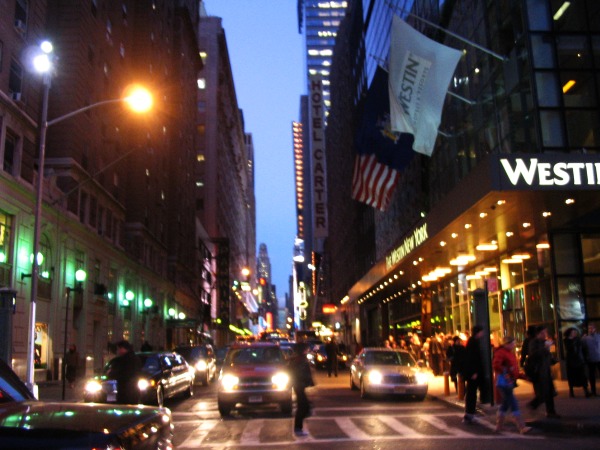Spotting individual molecules with quantum optics
Ars Technica » Scientific Method 2013-06-26

Imaging is probably the single most important scientific tool. Without our ability to look at things both big and small, we would be effectively crippled. Every graph you see in a scientific paper is a form of imaging—you create a picture of the data in order to get a better intuitive understanding of the trends. In all forms of imaging, the resolution—how close two features can be before they become indistinguishable—clashes with our desire for detail.
In optics, the resolution limit is set by diffraction. Lenses have a limited size, and the light waves from the thing we want to image are chopped off at the edges of the lens. The act of chopping the waves distorts the electromagnetic field, resulting in an unavoidable blurring. So, a point source appears as a disc, and two point sources that are too close together also appear as a disc. Seeing what is inside that disc is a game that is, I think, very rewarding.
That view of the diffraction limit, though, is driven by classical optics, and we live in a quantum world. In recent work published in Physical Review Letters, a Chinese research group has shown how to use quantum statistics to increase the resolution of an imaging system. In many ways, the imaging technique is similar to something we've reported earlier: stochastic optical reconstruction microscopy (STORM). In STORM, the dyes that add contrast are manipulated so that, on average, only one dye molecule emits light within a particular time span. By doing that, each dye molecule's location can be determined with an accuracy much higher than the diffraction limit, and the resulting map of dye molecules is used to construct the image. Think of this as mapping New York City by pinpointing all the street lights.
Read 10 remaining paragraphs | Comments